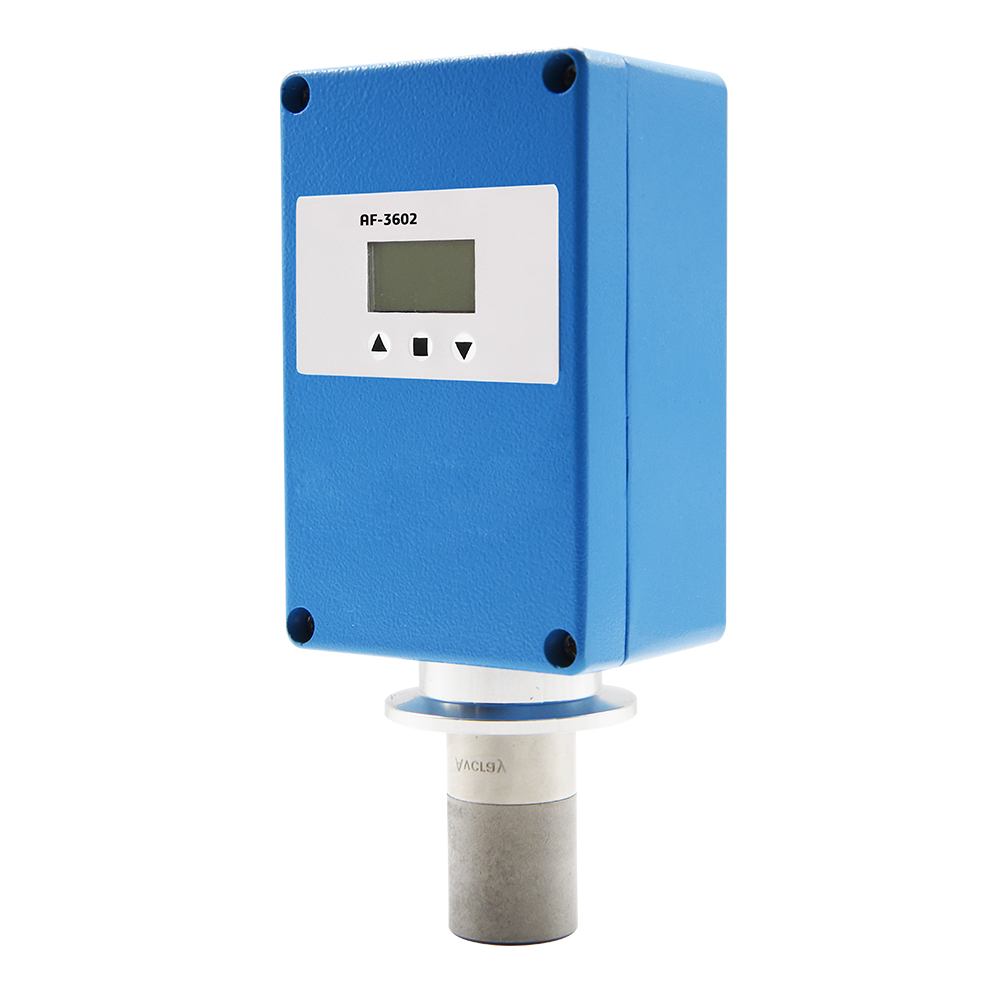- The tightness of the sampling pipeline of the analyzer
The supporting pipeline of the trace oxygen analyzer must be sealed, and even a small leak will diffuse the oxygen in the ambient air, causing the measured value to be high.
Although in the measurement, the sample gas pressure is greater than the ambient pressure, the oxygen in the sample gas is at a trace level. According to Ferrari’s law, the partial pressure of oxygen is proportional to its volume content. The atmosphere contains about 21% oxygen, which is comparable to PPM. The oxygen partial pressure of the sample gas of the calculated concentration is different by about 10,000 times, so the partial pressure of trace oxygen in the gas sample is much lower than the partial pressure of oxygen in the atmosphere. When a leak occurs, the oxygen in the atmosphere will rapidly diffuse from the leaked part Come in.
Secondly, the sampling pipeline should be as short as possible, and the number of joints should be as few as possible, and the joints and valves should be well sealed. After the pipeline is connected, the air tightness should be checked.
Airtightness inspection requirements: under 0.25MPAm test pressure, 30 minutes, the pressure drop is not more than 0.01MPA.

- Material selection of sampling tube for trace oxygen analyzer
The pipeline material is basically copper or stainless steel pipeline, and the second choice is PTFE pipe. Forbidden to choose latex tube, white rubber tube and other pipes, their air tightness and material permeability are too poor, and the measurement of trace oxygen has too much error under the standard measurement pressure. The outer diameter of the pipeline is usually 6 mm or 1/4 IN, or 3 mm or 1/8 IN. In short, stainless steel pipes are preferred. Cleaning and degreasing are preferred to keep the inner wall of the pipe smooth and clean. For the analysis of trace level (<1PPMV) oxygen, Stainless steel pipe with polished inner wall should be selected. The dead volume of the selected valve and joint should be as small as possible.
- Consider the temperature factor when sampling and analyzing
In order to prevent the moisture in the sample from condensing and condensing on the pipe wall, causing the dissolution and absorption of trace oxygen, the sampling pipeline should be insulated and heat-retained according to the situation. When detecting trace oxygen in liquid nitrogen, special attention should be paid to heating measures. Otherwise, because the boiling point of oxygen is 13 degrees lower than the boiling point of nitrogen, the sample gas is not uniformly vaporized, which will cause the measured value to be seriously low.
- The closer the sampling point is to the analyzer, the better
The measurement position of the trace oxygen analyzer should be as close as possible to the measurement point to avoid excessively long pipelines and too many uncertain factors that affect the reliability of the measurement data.
- The sample gas sampling process should be sufficiently clean
The sample gas must not contain oily components or solid particles to avoid blocking and pollution of the permeable membrane.
- The sample gas must not contain corrosive gas
The sample gas should not contain sulfide, phosphide or acid gas components. These components can cause harm to fuel cells, especially alkaline fuel cells.
